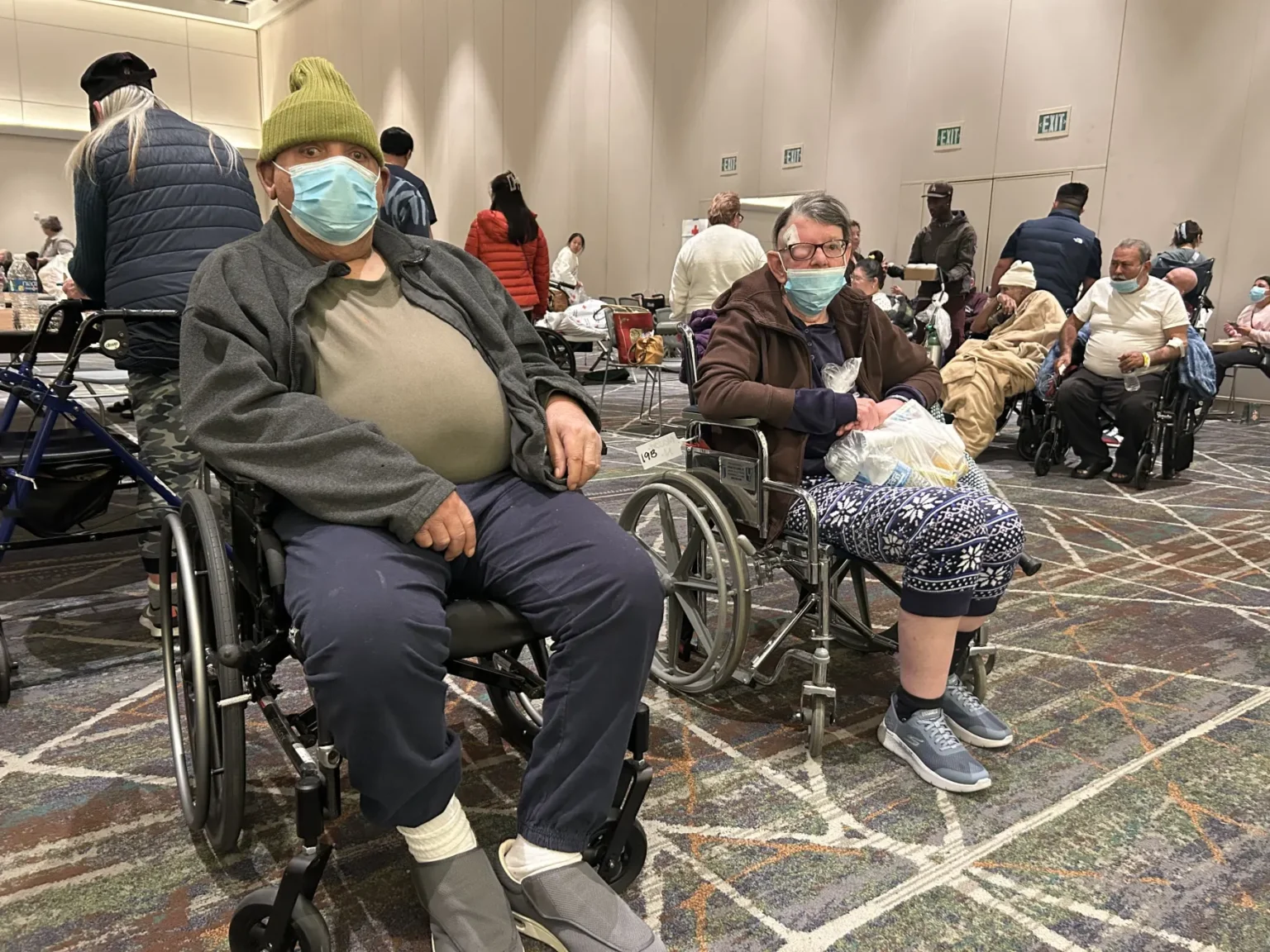The recent Eaton Fire in Pasadena, California forced the emergency evacuation of over 1,400 residents from dozens of nursing homes and assisted living facilities, shining a light on critical gaps in emergency preparedness and response for this vulnerable population.
As flames approached, chaotic scenes unfolded with residents rushed to safety in parking lots and public shelters. Medical staff at the Pasadena Civic Center reported severe shortages of essential supplies, including cots, gloves, and incontinence products.
“We didn’t have any PPE, so there were people with catheters, you know, diapers that need changing,” said Dr. Laura Mosqueda, a professor at USC’s Keck School of Medicine, to LAist. “Their bags were getting full of urine, and they didn’t have a way to empty it.”
This situation highlights a critical challenge for nursing homes: evacuations must not only ensure residents’ physical safety but also the continuity of their 24-hour medical care and supervision.
While state and federal laws mandate that long-term care facilities have written evacuation plans, the reality on the ground reveals potential shortcomings.
“For years, advocates have been screaming from the rooftops that most of the facilities’ emergency plans are ‘We’re just going to call 911 and 911 is going to take care of it,’” Rachel Tate, a vice president at Wise & Healthy Aging, told LAist. “We’ve raised the alarm with the county for years that there needs to be a more robust plan.”
The Pasadena incident underscores the need for:
- Comprehensive Evacuation Plans: Facilities need detailed plans that go beyond simply calling 911. This includes identifying alternative care facilities with sufficient capacity, transportation logistics, and ensuring essential medical supplies accompany residents.
- Coordinated Response: Improved coordination between nursing homes, emergency medical services, and public health agencies is crucial for a smooth and effective evacuation process. This includes clear communication channels and designated roles for each entity.
- Adequate Shelter Provisions: Public shelters need to be better equipped to handle the unique needs of evacuated nursing home residents, including access to medical equipment, supplies, and trained personnel.
This event serves as a wake-up call for the entire nursing home industry. A 2020 study published in the Journal of the American Geriatrics Society found that only 50% of nursing homes have conducted a full-scale evacuation drill in the past year.
The Eaton Fire demonstrates that effective emergency planning is not just a regulatory requirement, but a matter of life and death for vulnerable residents. Nursing homes must take proactive steps to review and strengthen their evacuation procedures to ensure the safety and well-being of those entrusted to their care.


